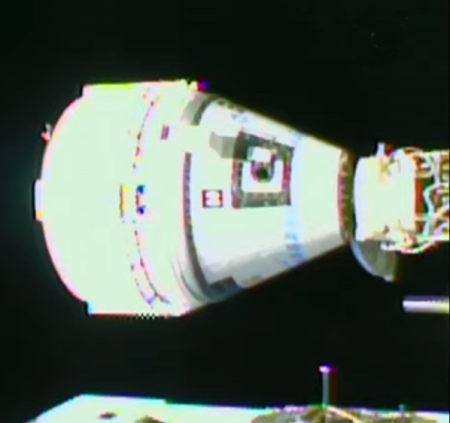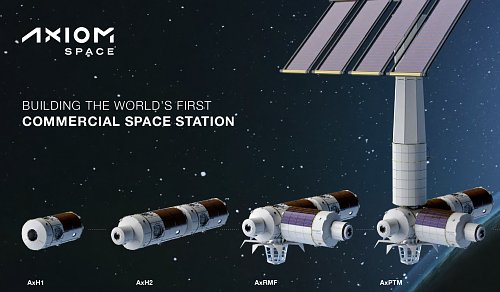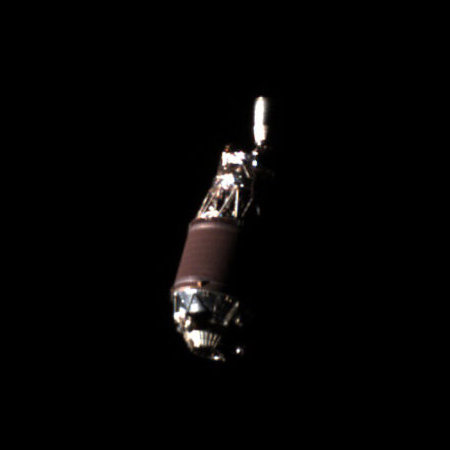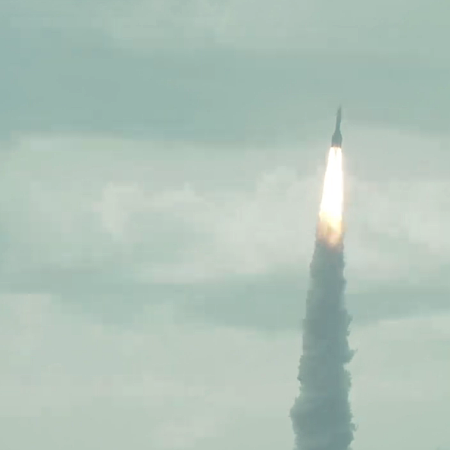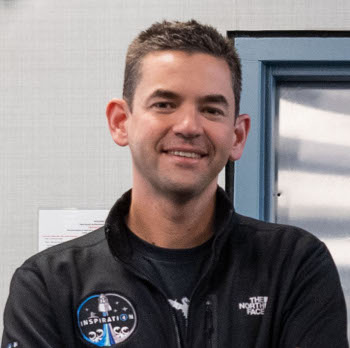India now has its own private company building space station modules
Even as India’s space agency ISRO gears up to build its own government space station, a Indian startup is proposing to build and launch its own commercial space station inflatable module, capable of carrying “6 to 16 personnel.”
The company, AkashaLabdhi, says it is negotiations with SpaceX for a launch target in 2027.
Founded in 2023, AkashaLabdhi has prepared its prototype model of the habitat called ‘Antariksh HAB’, according to a report by The Times of India. Antariksh HAB contains features such as an expandable shell that ensures ‘exceptional orbital debris and radiation protection’, the company says on its website. According to AkashaLabdhi, the design has multiple purposes besides space habitation. It can be used for microgravity experiments, satellite maintenance, orbital logistics storage. The company also hopes to see its usage for space tourism, armed forces operations among others.
“With a forward-looking perspective, this adaptable habitat holds potential for long-term lunar surface exploration,” the company said on its website. Built with several layers, the structure is meant to reach its intended orbit of 1,100 km. AkashaLabhi CEO Siddarth Jena told TOI on Wednesday that the structure will take about seven days to fully inflate, once it reaches its desired destination.
How real the plans of this company is unknown. That it exists at all and is proposing such ambitious plans illustrates however the capitalism in space revolution that is going on in India. The country has the technical capabilities to do such things, and is now free to go ahead due to the policies of the Modi government that has forced ISRO to provide aid and support, rather than control everything.
Even as India’s space agency ISRO gears up to build its own government space station, a Indian startup is proposing to build and launch its own commercial space station inflatable module, capable of carrying “6 to 16 personnel.”
The company, AkashaLabdhi, says it is negotiations with SpaceX for a launch target in 2027.
Founded in 2023, AkashaLabdhi has prepared its prototype model of the habitat called ‘Antariksh HAB’, according to a report by The Times of India. Antariksh HAB contains features such as an expandable shell that ensures ‘exceptional orbital debris and radiation protection’, the company says on its website. According to AkashaLabdhi, the design has multiple purposes besides space habitation. It can be used for microgravity experiments, satellite maintenance, orbital logistics storage. The company also hopes to see its usage for space tourism, armed forces operations among others.
“With a forward-looking perspective, this adaptable habitat holds potential for long-term lunar surface exploration,” the company said on its website. Built with several layers, the structure is meant to reach its intended orbit of 1,100 km. AkashaLabhi CEO Siddarth Jena told TOI on Wednesday that the structure will take about seven days to fully inflate, once it reaches its desired destination.
How real the plans of this company is unknown. That it exists at all and is proposing such ambitious plans illustrates however the capitalism in space revolution that is going on in India. The country has the technical capabilities to do such things, and is now free to go ahead due to the policies of the Modi government that has forced ISRO to provide aid and support, rather than control everything.

